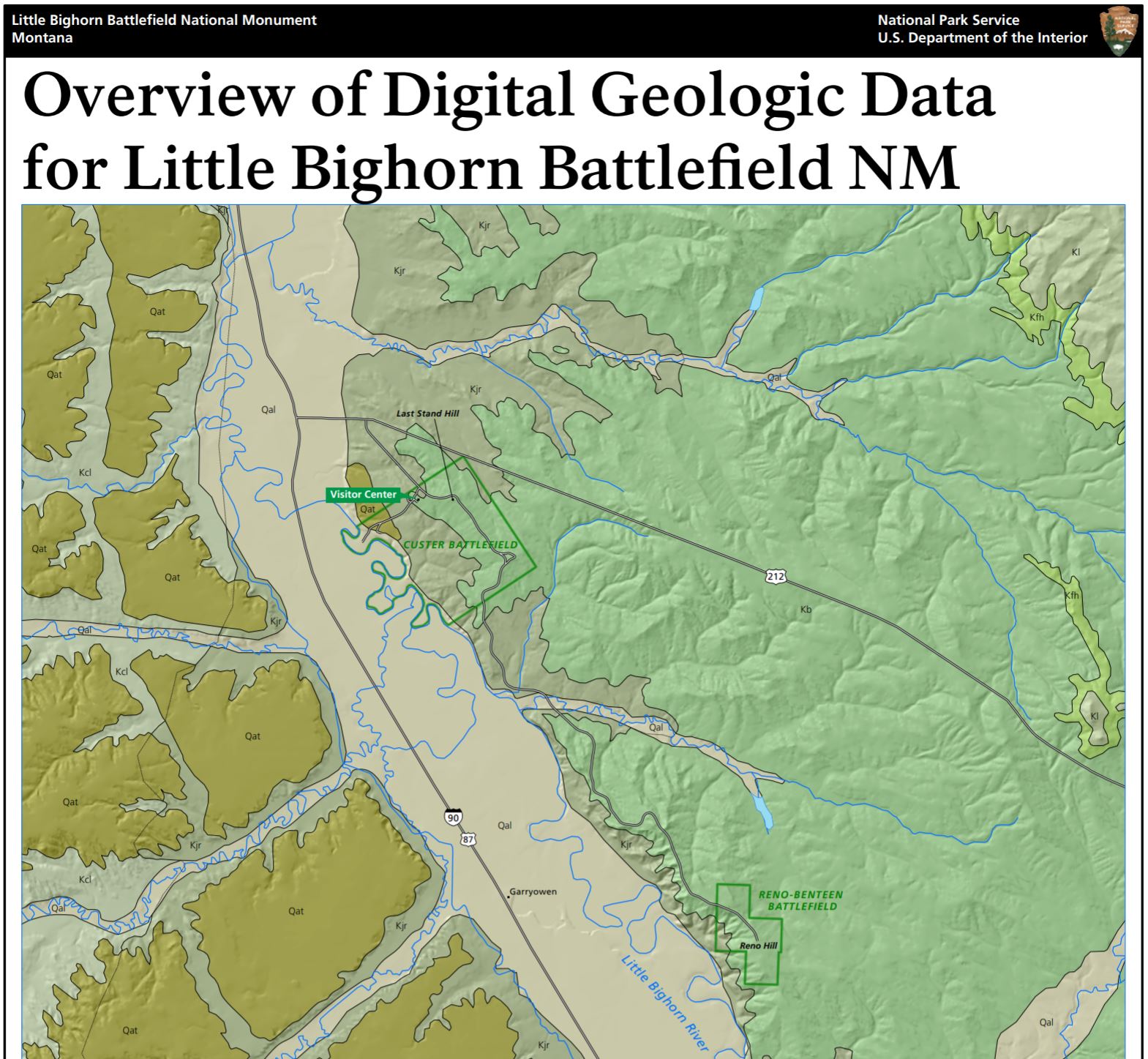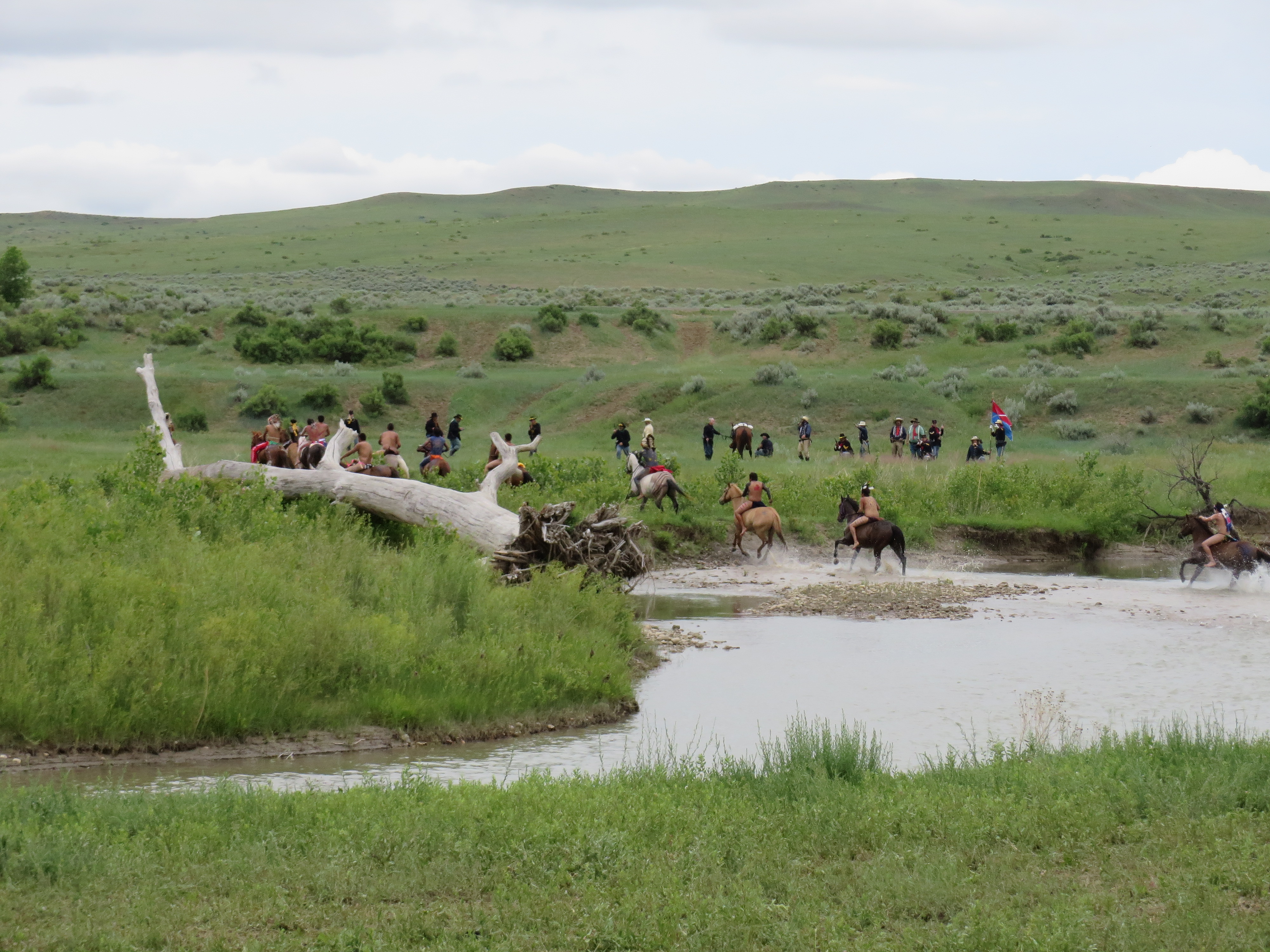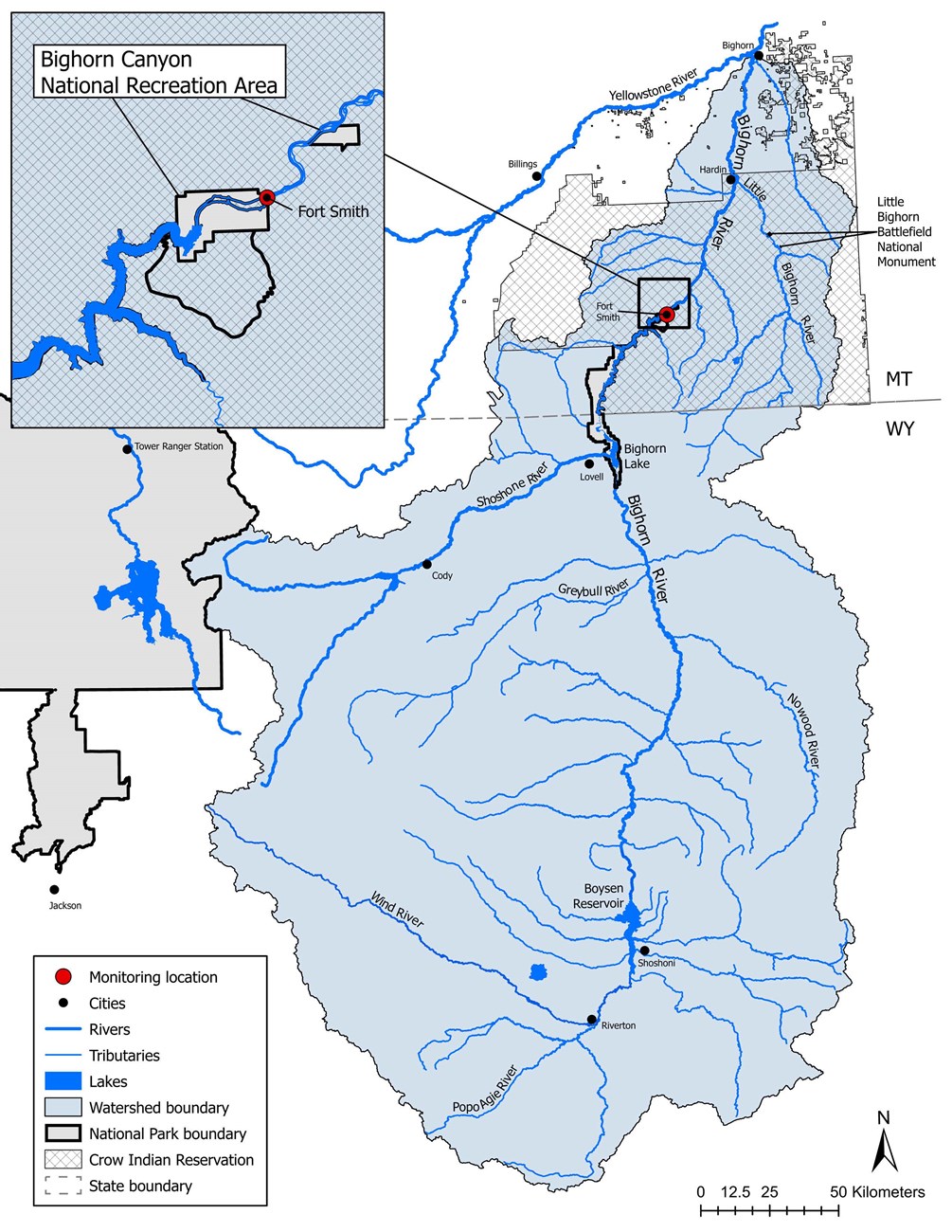Little Bighorn River Map – Map indicating the battlefields of the Lakota wars (1854 The geography of the battlefield is very complex, consisting of dissected uplands, rugged bluffs, the Little Bighorn River, and adjacent . Since the 1850s, the tension between white settlers and the Plains Tribes began simmering. The settlers encroached on the tribes’ lands, resulting in frequent clashes. The Civil War paused that .
Little Bighorn River Map
Source : en.wikipedia.org
Bighorn River near Fort Smith, Montana (U.S. National Park Service)
Source : www.nps.gov
Bighorn and Little Bighorn Confluence | The Edge of the Village
Source : theedgeofthevillage.com
File:NPS little bighorn battle map. Wikimedia Commons
Source : commons.wikimedia.org
Bighorn River Little Bighorn River drainage divide area landform
Source : geomorphologyresearch.com
Little Bighorn River Wikipedia
Source : en.wikipedia.org
Little Bighorn River Rosebud Creek (and Tongue River) drainage
Source : geomorphologyresearch.com
NPS Geodiversity Atlas—Little Bighorn Battlefield National
Source : www.nps.gov
Little Bighorn River Wikipedia
Source : en.wikipedia.org
Bighorn River near Fort Smith, Montana (U.S. National Park Service)
Source : www.nps.gov
Little Bighorn River Map Little Bighorn River Wikipedia: It is drained to the north by tributaries of the Bighorn River, which enters the basin from the south, through a gap between the Owl Creek and Bridger Mountains, as the Wind River, and becomes the . For details about the Bighorn Backcountry and Public Land Use Zones (PLUZs), including maps, access and contact information, permitted recreational activities and types of services offered, review: .









